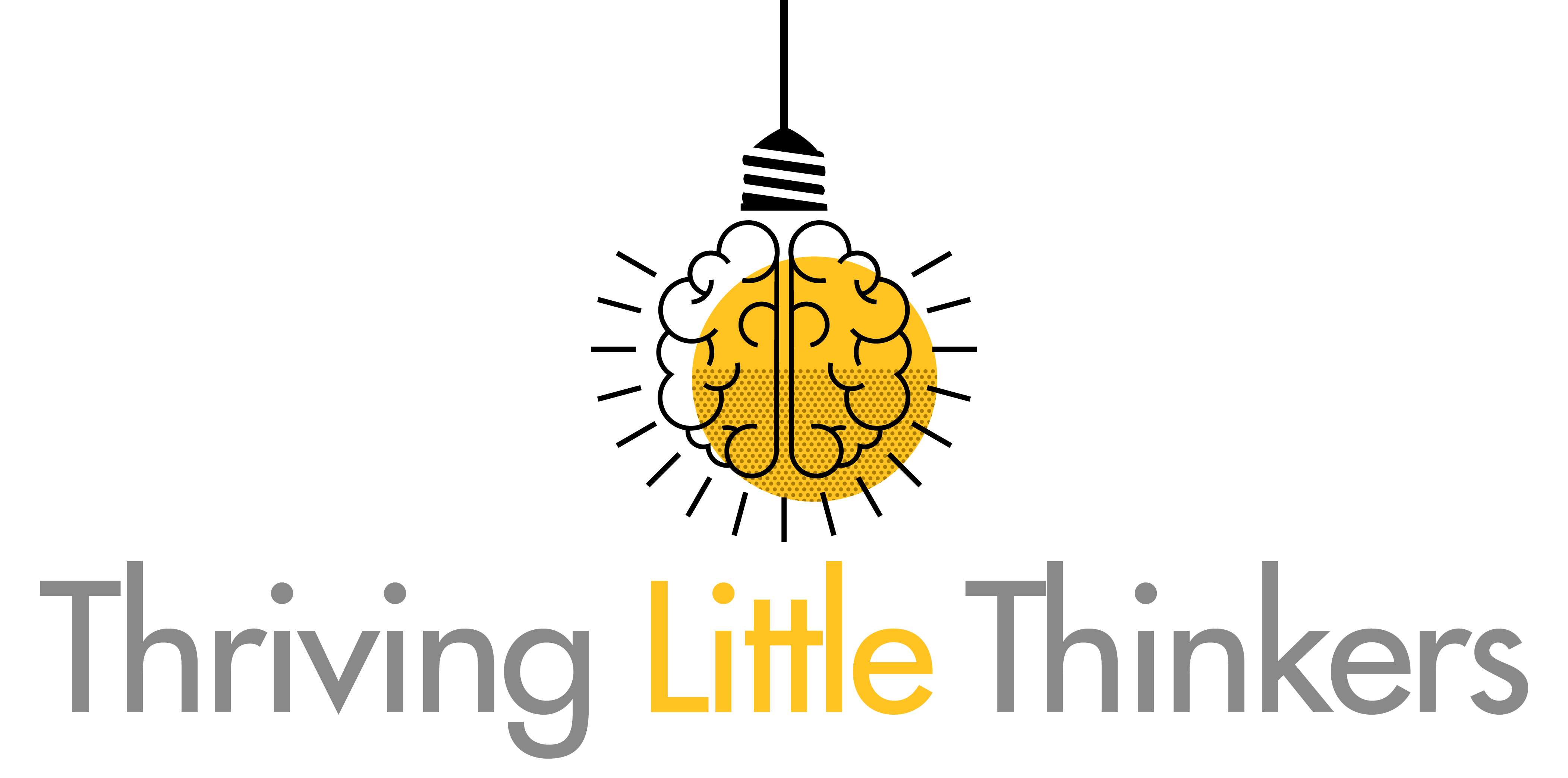This post defines low cost and high impact ideas to help readers understand what to expect from Thriving Little Thinkers.
At Thriving Little Thinkers I will:
- Define a high impact activity or best practice as—an action that a caregiver can implement at home, supported by research or experience to build academic, critical, or biblical thinking skills.
- Evaluate an idea or product based on either low cost, or the high value that a purchase can afford
Time and money are limited resources.
When choosing how to spend our money or time, it is valuable to know which activities have the greatest effect or highest impact.
High-Impact Activities
Something that is described as high-impact has “a large or powerful effect1.”
- A high-impact marketing strategy could yield more sales for a company.
- A high-impact public health program could decrease infection rates.
- A high-impact educational activity in the classroom could yield better academic success.
In the education world, high-impact practices refer specifically to teaching and learning practices that promote deep learning and student engagement. For example, the Association of American Colleges & Universities recognizes multiple high-impact practices in the collegiate world:, writing-intensive courses, collaborative projects, global learning, community-based learning, and more.2 Identifying high-impact practices helps universities identify where to invest resources to yield the best possible student outcomes.
The concept of a high-impact activity is also linked to the idea of “best practices.” A best practice is a method or strategy known by research or general experience to produce efficient or effective desired results.
Just like educational institutions use high-impact practices to see where to spend their time and money, parents can use best practices to see how to best spend their time and efforts when teaching their children thinking skills.
At Thriving Little Thinkers, I will define a high impact activity or best practice as—an action that caregivers can implement at home, supported by research or experience to build academic, critical, or biblical thinking skills.
I don’t want you to waste your resources on tasks that don’t provide the most value. Many resources offer some type of benefit. But are they the best? Are they providing the best value for the cost?
Low cost/High Value
While the meaning of “low cost” may be obvious—it’s also countercultural in our consumeristic, social media driven world. We don’t need every new learning app that our favorite influencers are sponsoring, or expensive wooden toys labeled with the “Montessori” name, or the newest curriculum.
Learning takes place in the context of everyday life and interactions. Your child can learn more from a consistent engaging conversation with you–an adult they want to model after–with no monetary cost to you–than they can with hours on a learning app. Are some apps helpful for academic thinking such as learning the ABCs or beginning numeracy and math skills? Sure! Are some resources helpful for aiding in scripture memory to train in biblical thinking? Absolutely. Can an online game or puzzle promote critical thinking? Possibly. But even if costly resources are beneficial, they are not mandatory. Costly resources are not required for learning to take place.
Some products or ideas do involve some cost but they provide VALUE for the cost. Examples might include upfront investment in excellent books, or experiences to promote hands on learning, or toys that promote independent and open-ended play (Lego bricks, magnets, trains and tracks, wooden blocks, dolls, etc.).
At Thriving Little Thinkers, I will evaluate an idea or product based on either low cost, or based on the high value that a purchase can afford.
Subscribe to the free monthly newsletter for exclusive brain based tips!
References
1.Cambridge Dictionary https://dictionary.cambridge.org/us/dictionary/english/high-impact
2. AAC&U High Impact Practices https://www.aacu.org/sites/default/files/files/LEAP/HIP_tables.pdf




